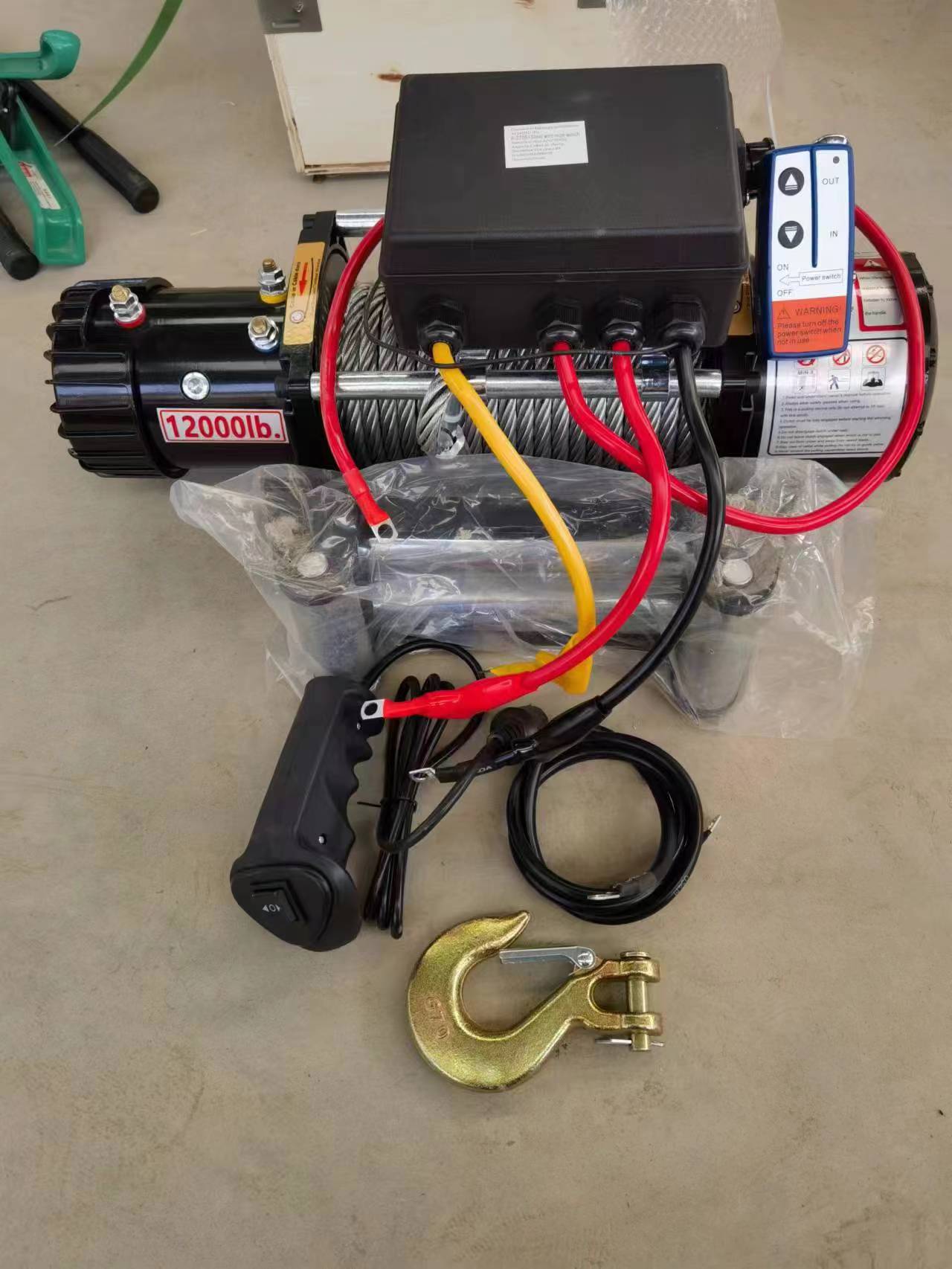


Portable Fall Protection Ensuring Safety at Heights
In various industries, working at heights presents significant risks, leading to serious injuries or fatalities if fall protection measures are not implemented effectively. One of the key solutions to mitigate these risks is the use of portable fall protection systems. These systems are designed to provide safety and support for workers in a wide range of environments, ensuring their protection as they perform tasks at elevated levels.
The Importance of Fall Protection
Falls are one of the leading causes of workplace injuries and fatalities, particularly in construction, maintenance, and industrial sectors. In fact, the Occupational Safety and Health Administration (OSHA) reports that fall-related incidents account for a substantial number of construction deaths each year. This alarming statistic underlines the critical importance of effective fall protection strategies. Portable fall protection systems serve as crucial tools for mitigating these risks, providing flexible and reliable safety solutions without the need for permanent installation.
Types of Portable Fall Protection Systems
Portable fall protection comes in various forms, each designed to meet specific needs and applications. Some of the most common types include
1. Personal Fall Arrest Systems (PFAS) These systems typically consist of a harness, lanyard, and anchorage point. They are portable and can be adjusted for different users and situations, making them ideal for a wide range of tasks.
2. Temporary Guardrails These systems provide a physical barrier to prevent falls from edges or openings. They are often used in construction sites and can be easily installed and removed as needed.
3. Portable Anchor Points These devices can be used to secure lanyards and harnesses in various locations and configurations. They are particularly useful in areas where traditional anchorage points are not available.
4. Man-rated Winches Winches can be employed to provide a lifting and lowering mechanism for workers and materials, adding an extra layer of safety when working at heights.
5. Safety Netting While not always classified as “portable,” safety nets can be employed in situations where fall risks are prevalent. They are designed to catch falling workers or materials, providing an additional safety measure.
Benefits of Using Portable Fall Protection
The advantages of portable fall protection systems are numerous

- Flexibility Portable systems can be used in various settings, from construction sites to maintenance work in industrial facilities. This versatility allows organizations to implement effective safety measures without the need for extensive modifications or installations.
- Cost-Effectiveness Investing in portable fall protection can reduce the potential costs associated with workplace accidents, including medical expenses, legal fees, and lost productivity
. By prioritizing safety, companies also help to foster a culture of care among employees.- Ease of Use Most portable fall protection systems are designed for quick setup and takedown, allowing workers to focus on their tasks while ensuring their safety.
- Compliance Using portable fall protection systems helps organizations comply with safety regulations established by governing bodies, such as OSHA or local safety authorities. This compliance is crucial in maintaining a safe work environment and avoiding penalties.
Guidelines for Effective Use
While portable fall protection systems offer numerous benefits, it is essential to follow best practices to ensure their effectiveness
1. Proper Training Workers must be adequately trained on the use and limitations of portable fall protection equipment. Understanding how to properly don a harness, connect lanyards, and identify fall hazards is paramount.
2. Regular Inspections All fall protection equipment should be regularly inspected for wear and tear. Damaged or faulty equipment must be promptly replaced to ensure maximum safety.
3. Site-Specific Assessment Before deploying portable fall protection, it’s vital to conduct a thorough assessment of the work site to identify hazards and determine the most suitable protection measures.
4. Developing a Fall Protection Plan Organizations should develop comprehensive fall protection plans that outline safety procedures, equipment usage, and emergency response protocols.
Conclusion
The importance of portable fall protection systems cannot be overstated. By providing flexible, cost-effective, and easy-to-use solutions for working at heights, these systems play a crucial role in safeguarding workers and preventing falls. As industries continue to evolve, staying vigilant about fall protection practices will ensure that worker safety remains a top priority, leading to healthier and more productive work environments. Investing in the right portable fall protection systems is not just a regulatory requirement; it is a commitment to the well-being of every employee.



